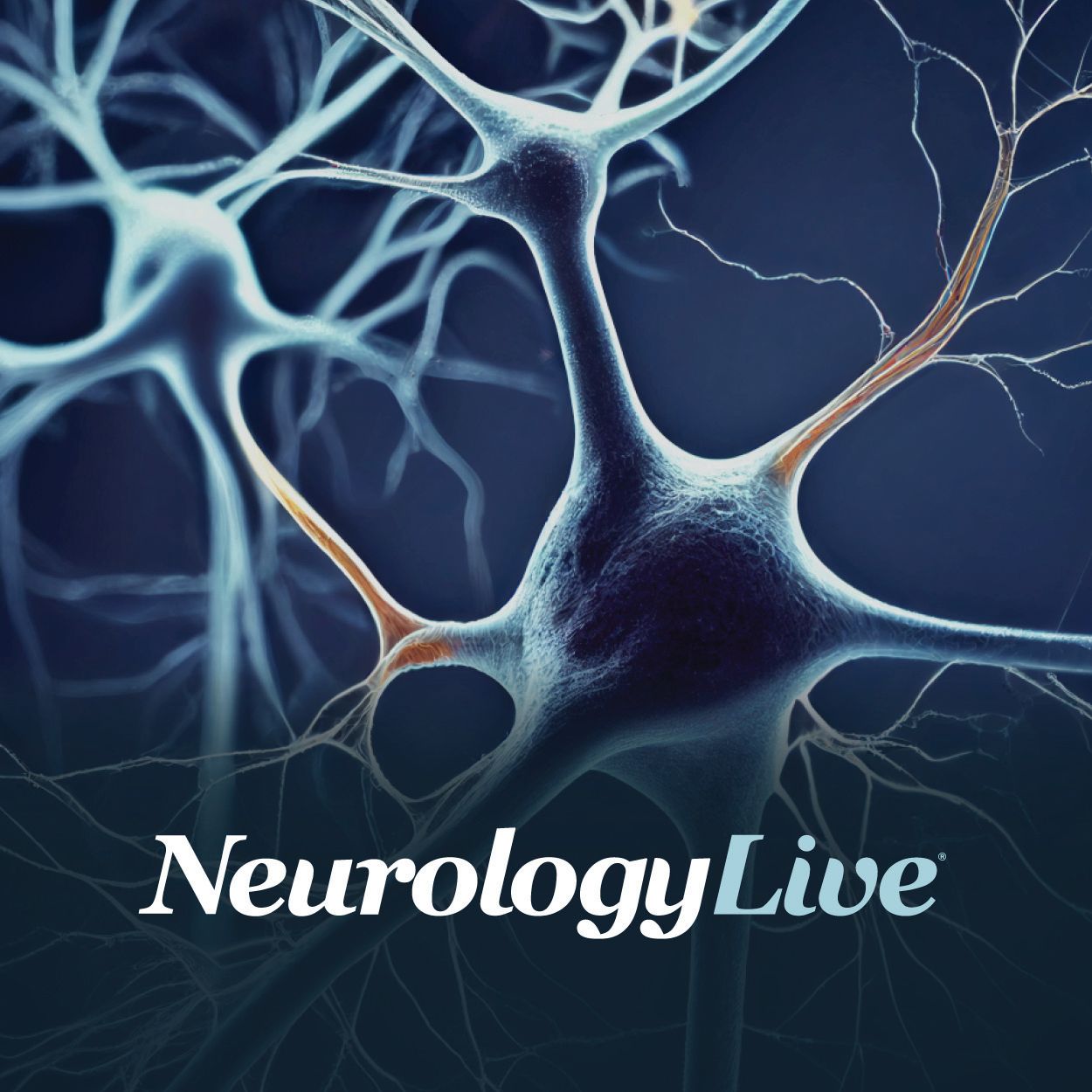Video
Diagnosing MS in the Modern Era
Fred D. Lublin, MD: Multiple sclerosis [MS] is an inflammatory demyelinating progressive disease that affects the central nervous system. It is frequently diagnosed in young adults; however, individuals may be diagnosed at any age. The symptoms of multiple sclerosis vary greatly among individuals. There is no available cure for multiple sclerosis, but treatments are available that can modify the course of the disease.
In this NeurologyLive Peer Exchange discussion, I am joined by a panel of my colleagues, all experts in the field of multiple sclerosis. Together we’re going to discuss the use of new therapeutic options. We’ll review the latest clinical trials, and provide a practical perspective on how the recent data apply to your clinical practice.
I’m Dr. Fred Lublin, Saunders Family professor of neurology at the Icahn School of Medicine at Mount Sinai, and director of the Corinne Goldsmith Dickinson Center for Multiple Sclerosis in New York City. Participating today on our distinguished panel are:
Dr. Patricia K. Coyle, professor and vice chair of Clinical Affairs, and director of the MS Comprehensive Care Center at Stony Brook University in Stony Brook, New York; Dr. Suhayl Dhib-Jalbut, professor and chairman of the Department of Neurology and the Ruth Dunietz Kushner and Michael Jay Serwitz chair in MS at Rutgers New Jersey Medical School and Robert Wood Johnson Medical School in New Brunswick, New Jersey; Dr. Thomas P. Leist, director of the Comprehensive Multiple Sclerosis Center at Thomas Jefferson University in Philadelphia; and Dr. Clyde Markowitz, director of the Multiple Sclerosis Center at the University of Pennsylvania, and associate professor of neurology at the Perelman School of Medicine, University of Pennsylvania, in Philadelphia; and lastly, Dr. James Stankiewicz, clinical director of the Partners Multiple Sclerosis Center, and assistant professor of neurology at Harvard Medical School in Boston, Massachusetts.
Thank you all for joining us, and we’ll begin.
So we’re going to start with diagnosing multiple sclerosis. Clinicians have been diagnosing multiple sclerosis since the late 1800s, after Jean-Martin Charcot described it. The modern era of diagnosis started in 2001 with the first publication, what are called the McDonald criteria. And we’ve had McDonald from 2001, 2005, 2010, and now 2017, and each one has made iterative changes, but the important aspect of it was that McDonald allowed us to combine both clinical and MRI [magnetic resonance imaging] metrics for making the diagnosis. So Pat, why don’t you tell us a bit about what changed with McDonald 2017, which is one of the most referenced papers in all of 2018?
Patricia K. Coyle, MD: Well, first of all, they began by reminding us that there’s a misdiagnosis rate of MS, and so you really need to be careful with this diagnosis. They spent a little bit of time talking about 1 particular differential, neuromyelitis optica, NMO spectrum disorder, which I think is in a differential of relapsing MS.
With regard to objective changes, there weren’t a lot. Number 1, symptomatic lesions can now be counted along with asymptomatic lesions for dissemination in space and time. In addition, they recognize cortical lesions to join juxtacortical lesions as an area that would give you a dissemination in space. And what I was particularly pleased with, although they don’t mandate it, is that they really raised the importance of imaging the spinal cord and looking at cerebral spinal fluid, or CSF. They do not insist on that, but they mention how helpful that can be.
And, for example, with regard to CSF, they elevate CSF-specific oligoclonal bands so that you can actually make a diagnosis of MS at the time of CIS [clinically isolated syndrome] in 2 ways. You can meet MRI dissemination in space and time with other disorders ruled out. Or, you can meet dissemination in space and have CSF-specific oligoclonal bands and have other disorders ruled out. So I think they really emphasize, particularly if you are dealing with an unusual population such as progressive from onset, or very young, or very old, or with unusual clinical characteristics, how helpful looking at CSF is. And what they’re really counting now are the oligoclonal bands. It’s CSF-specific oligoclonal bands over IgG [immunoglobulin G] index, or intrathecal IgG production.
So I think these 2017 revised criteria are very helpful. I think neurologists should know them. I think we should be able to say if we’re making the diagnosis of MS, they meet the 2017 diagnostic criteria or not. And I think they’re particularly important to use when we’re making a diagnosis in more unusual forms, such as primary progressive MS.




